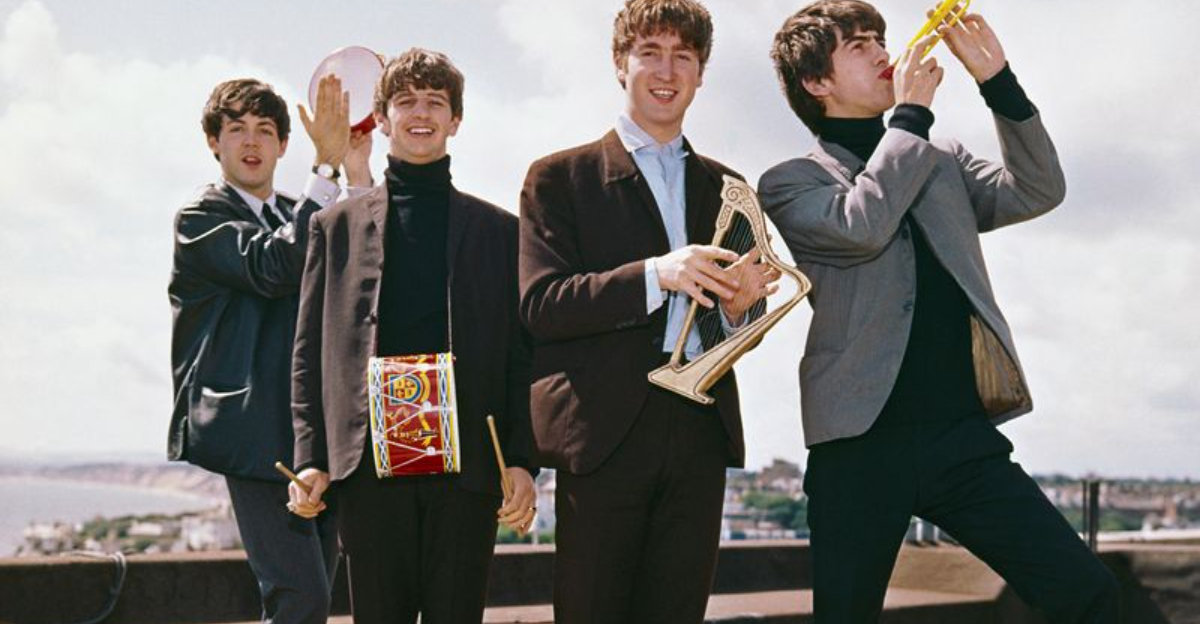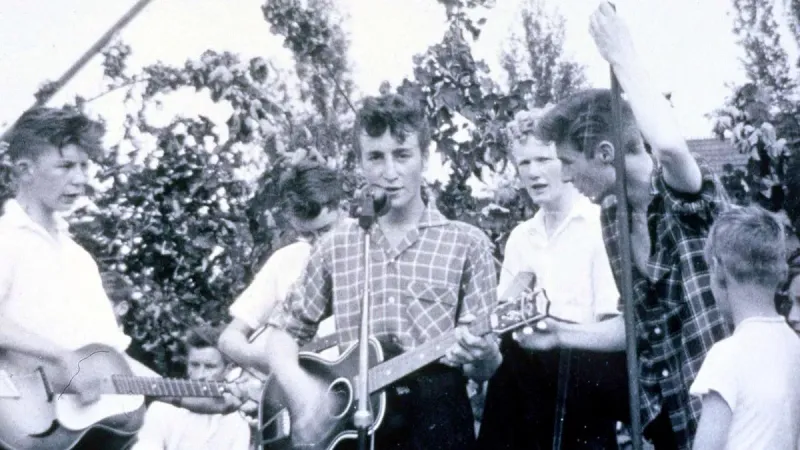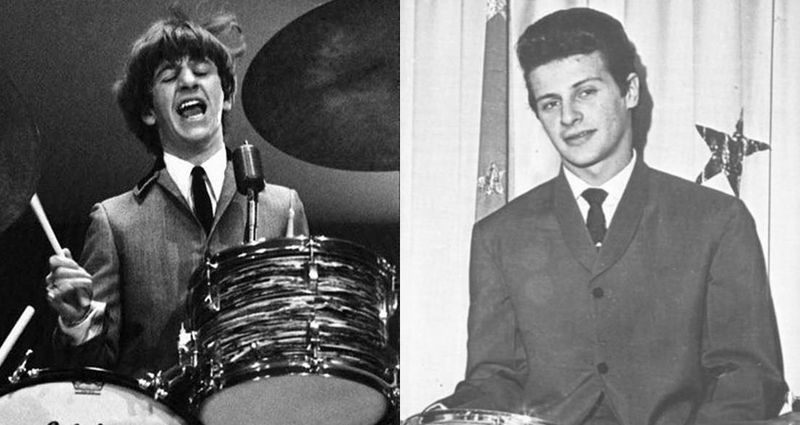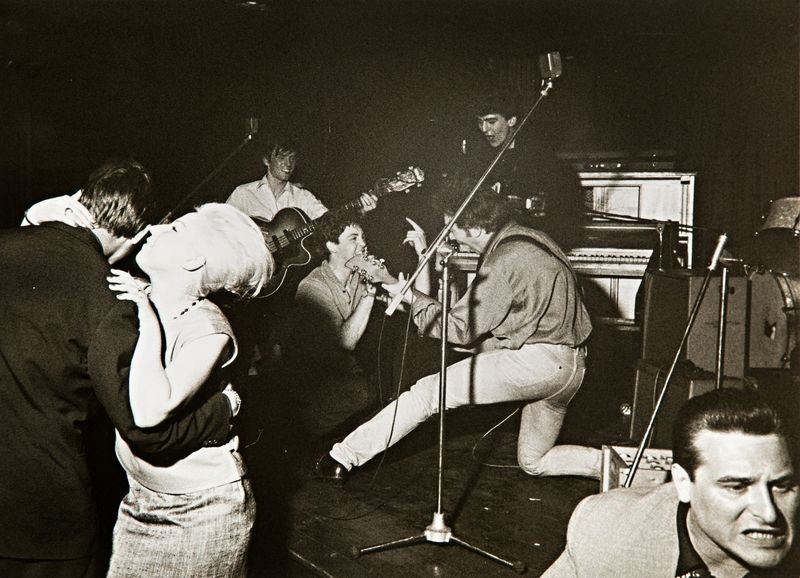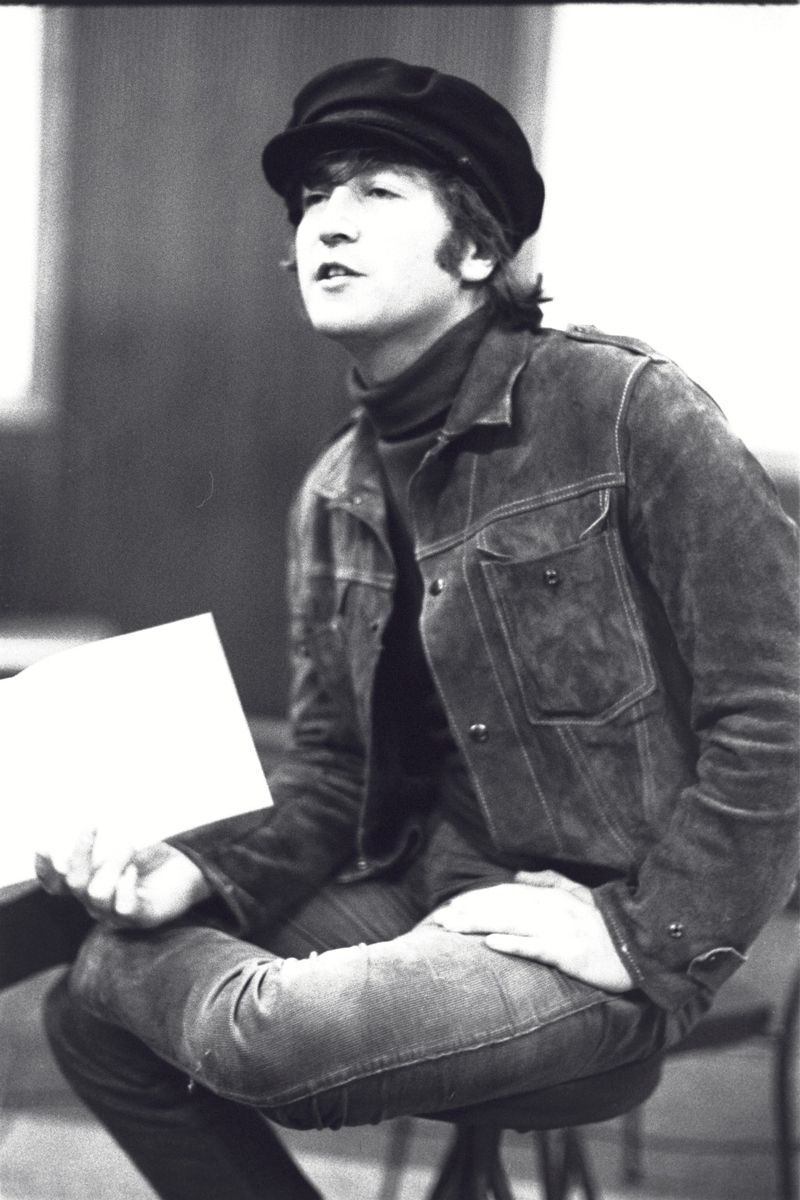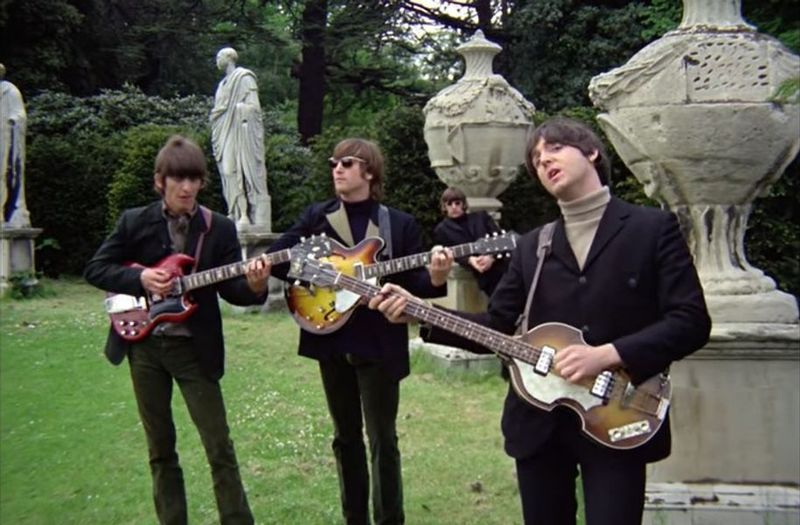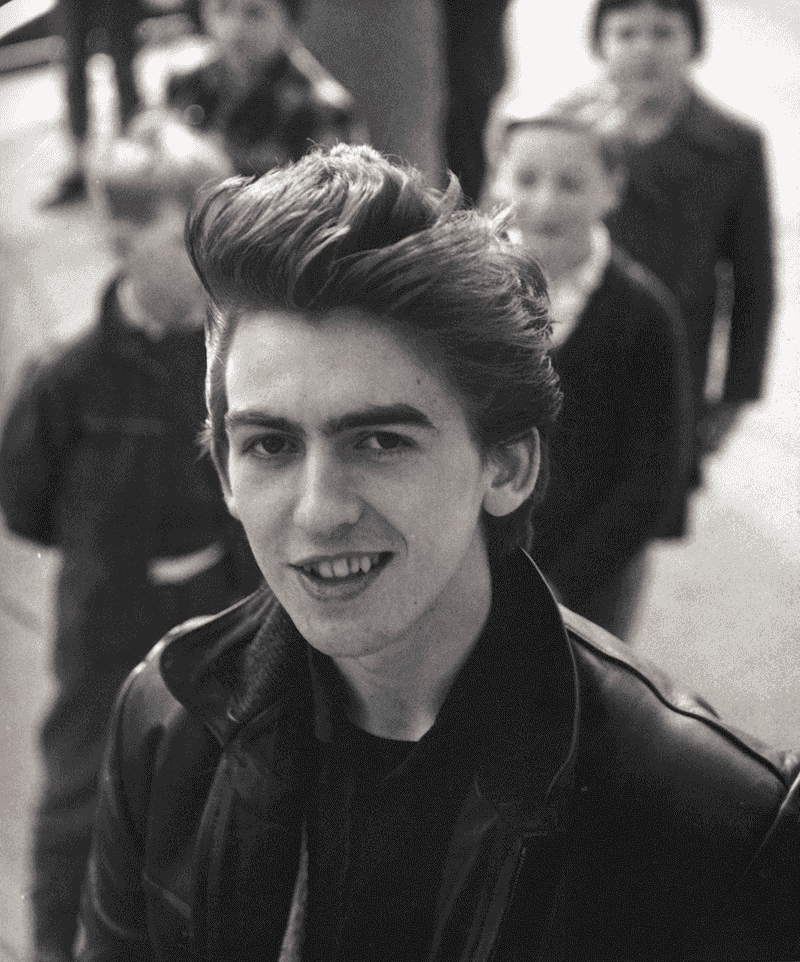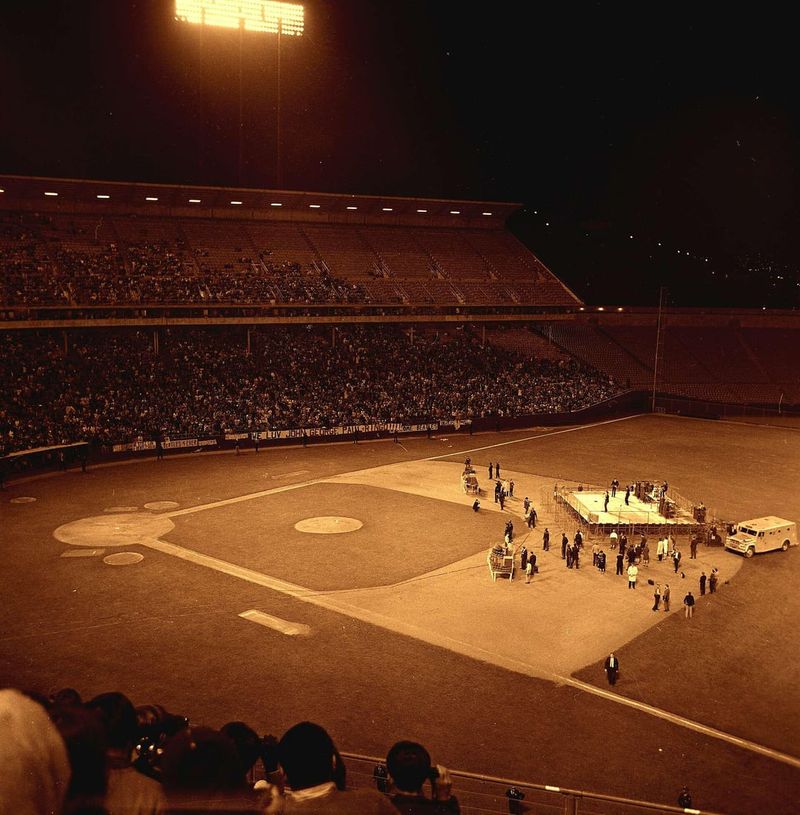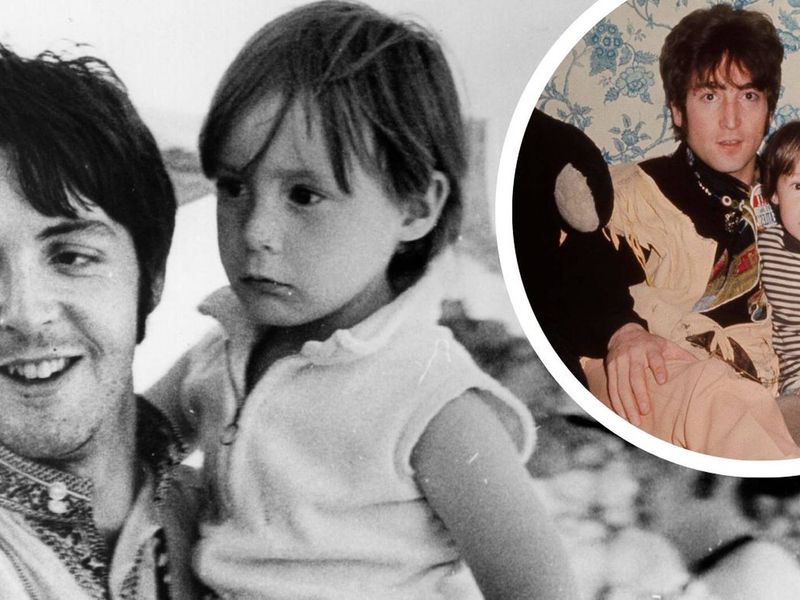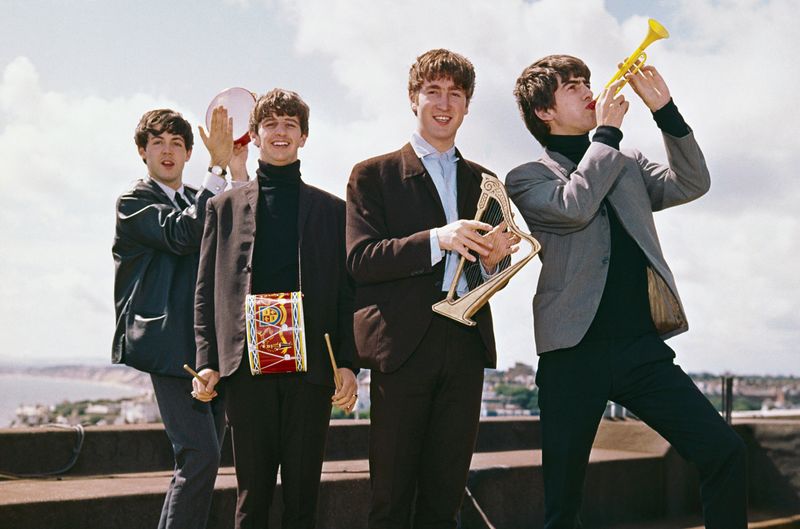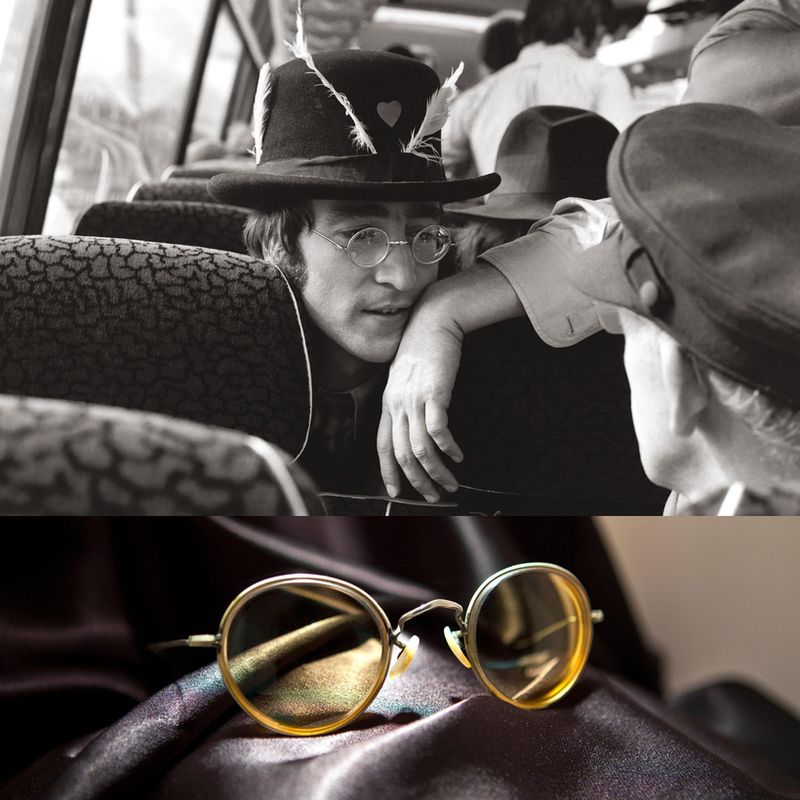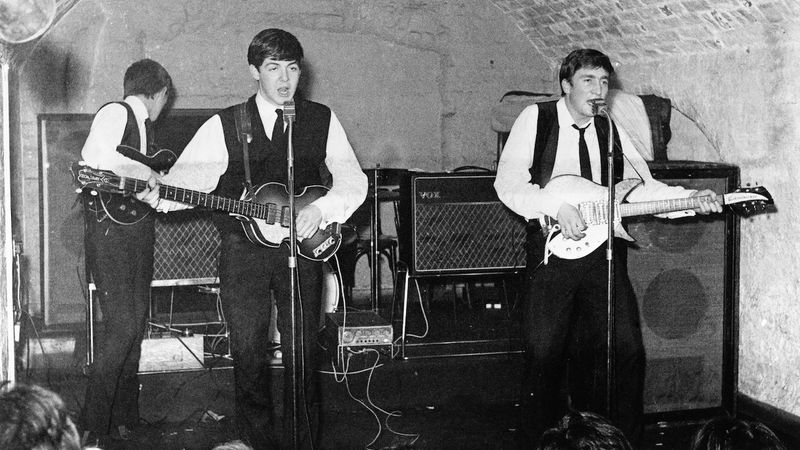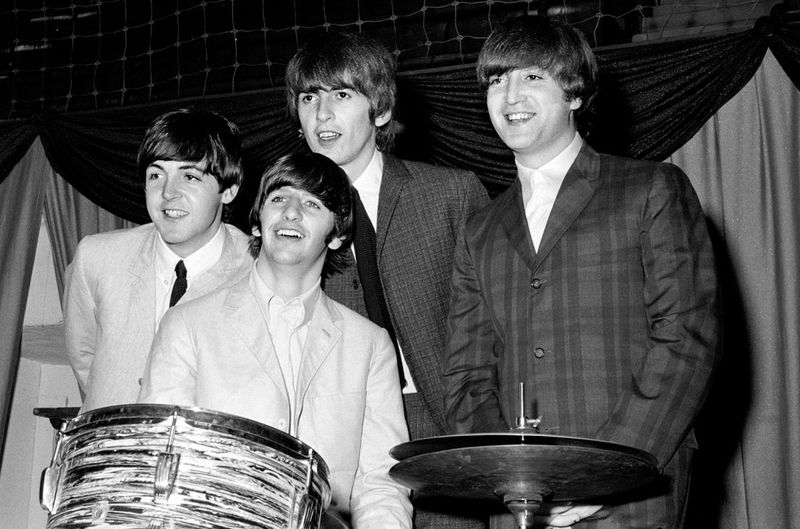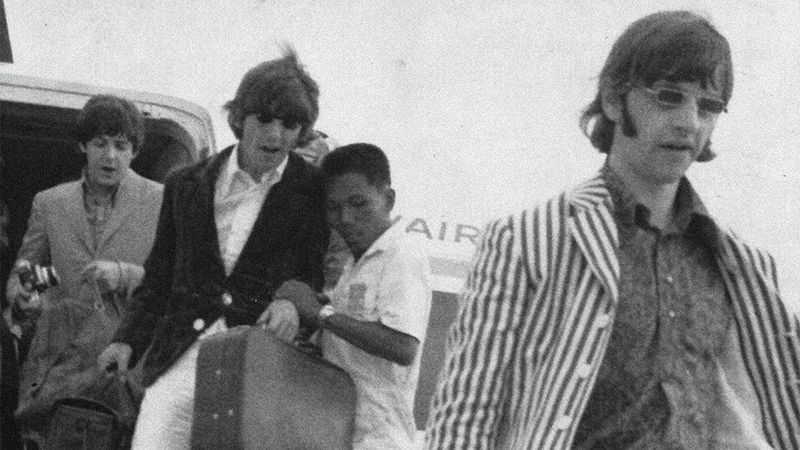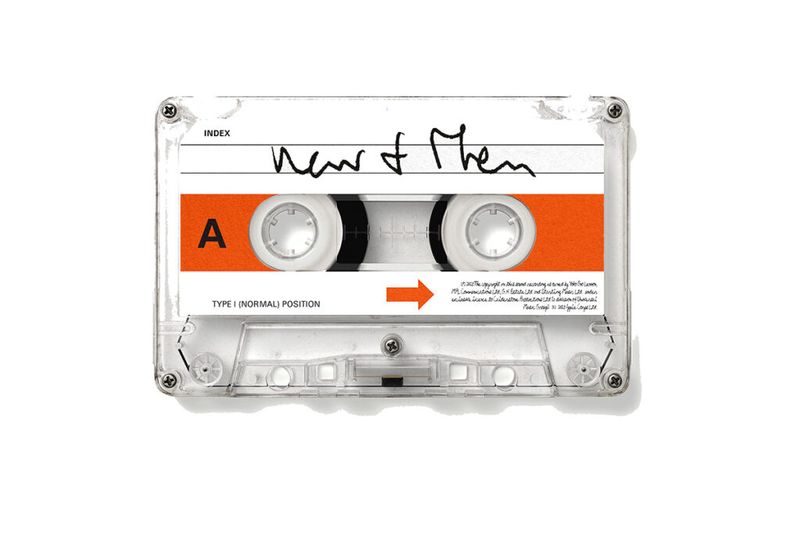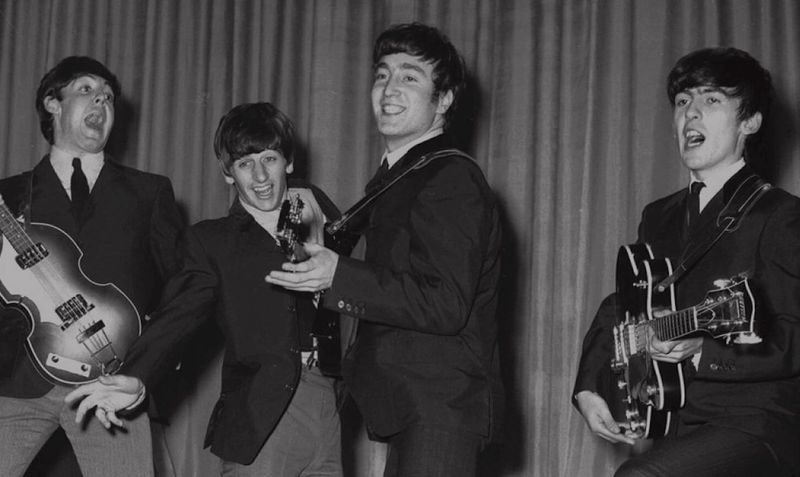The Beatles changed music forever with their innovative sound and cultural impact. Even after six decades, fans continue to discover new details about John, Paul, George, and Ringo that surprise and delight. Whether you’re a casual listener or a die-hard fan, these lesser-known Beatles facts will give you a fresh perspective on the Fab Four.
1. The Quarrymen Connection
John Lennon’s teenage skiffle group formed in 1956 wasn’t initially destined for greatness. Named after his school, Quarry Bank High, this humble beginning would eventually transform music history.
Paul McCartney joined after meeting John at a church festival, impressed by Lennon’s raw talent despite forgetting lyrics and making up chords. George Harrison came aboard later, just 14 years old but already an impressive guitarist.
The transformation from The Quarrymen to The Beatles took several iterations, including brief stints as Johnny and the Moondogs and The Silver Beetles before settling on their iconic name.
2. Pete Best’s Heartbreaking Dismissal
Fame was just around the corner when drummer Pete Best received devastating news. After playing with the band for two years through their Hamburg days, he was abruptly fired in August 1962.
Manager Brian Epstein delivered the crushing blow just weeks before their first major single release. The official reason? Producer George Martin wasn’t impressed with his drumming technique during their Parlophone Records audition.
The timing couldn’t have been crueler – Ringo Starr stepped in just as ‘Love Me Do’ was about to launch the band into stardom, leaving Best to watch their meteoric rise from the sidelines.
3. Hamburg’s Brutal Musical Boot Camp
The glitz of Beatlemania couldn’t have been further from their grueling Hamburg beginnings. Crammed into tiny clubs in the seedy red-light district, they played punishing eight-hour sets seven nights a week for drunk sailors and locals.
Sleep-deprived and surviving on stimulants, they performed over 800 hours on stage in 1960-1961 alone. Club owner Bruno Koschmider would shout “mach schau!” (make show) whenever energy dipped, forcing them to jump, scream and entertain no matter how exhausted.
This musical boot camp transformed them from amateur musicians into the tight, professional unit that would conquer the world.
4. The Nostalgic Origins of “In My Life”
Behind one of The Beatles’ most beloved songs lies a deeply personal journey through John Lennon’s childhood. Initially, Lennon wrote a long, detailed poem mentioning specific Liverpool locations – Penny Lane, Strawberry Field, and the tram sheds.
Frustrated with the results, he scrapped the literal approach for something more universal. The finished version captured the bittersweet essence of nostalgia without naming places.
Though widely interpreted as a romantic ballad, the song’s true inspiration was Lennon’s reflection on friendships and places from his youth, transformed into a meditation on memory that continues to resonate with listeners decades later.
5. Paul’s Dream Song Becomes History’s Most Covered Track
Paul McCartney woke up one morning in 1964 with a complete melody in his head. Convinced he had accidentally plagiarized someone else’s work, he played it for everyone he knew, asking if they recognized it.
When nobody could identify the tune, “Yesterday” was born. McCartney initially called it “Scrambled Eggs” while working out the lyrics, before crafting the melancholy masterpiece we know today.
The finished song has been recorded over 2,200 times by other artists – from Frank Sinatra to Marvin Gaye – making it the most covered song in recording history according to Guinness World Records.
6. Music Video Pioneers Before MTV
When The Beatles grew tired of constant touring in 1966, they pioneered a solution that would change music forever. Rather than appearing on television shows to promote their singles, they created pre-recorded “promotional films” for “Paperback Writer” and “Rain.”
These weren’t just simple performance clips. They featured innovative camera techniques, conceptual storytelling, and artistic visuals that broke new ground.
Director Michael Lindsay-Hogg captured them in both color and black-and-white versions, while later videos for songs like “Strawberry Fields Forever” featured surreal imagery and experimental effects – establishing the template MTV would follow 15 years later.
7. George Harrison’s Teenage Deportation
Seventeen-year-old George Harrison had barely unpacked his guitar in Hamburg when German authorities came knocking. The Beatles’ youngest member was technically too young to be working in the nightclubs where they performed.
When club owner Bruno Koschmider discovered Harrison had lied about his age, he tipped off immigration officials. The teenage guitarist was promptly deported back to England in November 1960.
Harrison’s unceremonious exit from Germany came just as the band was finding their sound. His bandmates followed shortly after when McCartney and Best were also expelled for setting fire to a condom in their accommodations – an incident that became known as the “condom burning affair.”
8. The Infamous 73-Person Shea Stadium Show
Fresh off their historic 1965 Shea Stadium concert where they played to over 55,000 screaming fans, The Beatles returned to the same venue in 1966 with dramatically different results. Amid growing controversy over John Lennon’s “more popular than Jesus” comments, ticket sales plummeted.
Promoters had set prices sky-high, convinced Beatlemania would fill seats at any cost. They were wrong.
The resulting show became an embarrassing footnote in Beatles history – just 73 people in attendance at a stadium built for tens of thousands. Their tiny audience rattled around the cavernous venue, a surreal preview of the band’s waning live performance era.
9. Julian Lennon’s Comfort Song
Five-year-old Julian Lennon was caught in the emotional crossfire of his parents’ divorce when Paul McCartney visited him in 1968. Seeing the boy’s distress, McCartney composed a song on the drive to Julian’s home specifically to lift his spirits.
Originally titled “Hey Jules,” McCartney later changed it to “Hey Jude” because it sounded better musically. The lyrics “take a sad song and make it better” were McCartney’s direct message to Julian about finding hope during his parents’ separation.
John Lennon initially thought the song was about him and his new relationship with Yoko Ono – a misunderstanding he carried for years before learning its true inspiration.
10. Chart-Topping Champions
The Beatles’ dominance of the music charts remains unmatched even in today’s streaming era. Their 20 number-one singles on the Billboard Hot 100 still stands as the all-time record, despite challenges from Madonna (12), Michael Jackson (13), and Rihanna (14).
Even more impressive? They achieved this milestone in just seven years together. During one week in April 1964, they held all five top positions on the Billboard singles chart simultaneously – a feat no artist has come close to matching.
Their chart supremacy extended beyond singles – they also scored 19 number-one albums in America, spending a cumulative 132 weeks at the top position.
11. Lennon’s Million-Dollar Spectacles
The round wire-rimmed glasses John Lennon made famous weren’t just a fashion statement – they became valuable artifacts of music history. A pair he wore during the “Imagine” era sold at auction for an astounding $2.4 million in 2022.
Lennon adopted his signature eyewear style after playing a nearsighted character in the film “How I Won the War” in 1966. Before that, he was rarely photographed wearing glasses despite having poor vision since childhood.
Another pair, which Lennon wore on the day he was assassinated in 1980, was returned to Yoko Ono by the doorman who found them at the crime scene – they’re now considered priceless.
12. One-Take Wonder: “Please Please Me”
February 11, 1963 marked a marathon recording session that would change music history. The Beatles arrived at EMI Studios (later Abbey Road) at 10:00 AM with a challenging mission – record their entire debut album in a single day.
Producer George Martin orchestrated this frantic session because the band had a tight touring schedule. Despite battling colds, they recorded ten songs in just under ten hours, with “Please Please Me” nailed in a single perfect take.
John Lennon’s voice was nearly gone by the final song, “Twist and Shout,” giving it the raw, raspy quality that made it an instant classic – all captured in one extraordinary take.
13. Paul’s Upside-Down Bass Revolution
Left-handed musicians often struggle with instrument availability, but Paul McCartney created an iconic solution. When he purchased his famous Höfner 500/1 violin bass in Hamburg for £30, he didn’t have it specially made for left-handed playing.
Instead, McCartney simply flipped a right-handed bass upside down and restrung it. This creative adaptation created the distinctive sound and look that became his trademark.
The unusual orientation placed the bass’s controls in awkward positions and changed the instrument’s tonal characteristics. These “limitations” actually helped create McCartney’s unique playing style – proving sometimes musical innovation comes from working around obstacles.
14. Business Battles Behind the Breakup
While creative differences get the blame for The Beatles’ split, the real culprit was far more mundane – business disagreements. After manager Brian Epstein’s death in 1967, the band’s business affairs fell into disarray.
Paul wanted his father-in-law Lee Eastman to manage them, while the others preferred Allen Klein. This fundamental disagreement created deep rifts as Klein’s aggressive business tactics alienated McCartney.
Their Apple Corps company became a financial disaster, hemorrhaging money on failed ventures like Apple Electronics and Apple Films. By April 1970, when McCartney publicly announced his departure, the band had been effectively broken for months due to these business disputes.
15. The Philippines Fiasco
July 1966 became a nightmare for The Beatles during their Manila tour stop. Unbeknownst to them, dictator Ferdinand Marcos and his wife Imelda had arranged a presidential reception expecting the band’s attendance.
When The Beatles failed to appear (having never been properly informed), it became a national incident. Filipino television broadcast footage of Imelda Marcos appearing heartbroken among crying children waiting for the band.
The resulting public outrage led to a terrifying departure – their security detail vanished, hotel staff refused service, and they faced physical harassment at the airport. They escaped only after surrendering most of their concert earnings, vowing never to return.
16. AI Resurrection: “Now and Then”
John Lennon’s voice returned to complete The Beatles’ final song 43 years after his death. “Now and Then” began as a rough 1978 demo Lennon recorded on cassette at his piano in the Dakota building.
Yoko Ono gave the tape to the surviving Beatles in 1994 during their Anthology project. While they added new instrumentation, technical limitations made it impossible to properly separate Lennon’s voice from the piano, shelving the project.
In 2023, director Peter Jackson’s audio restoration technology finally solved this problem, allowing McCartney and Starr to complete the song with Harrison’s guitar parts from 1995. Released as “the last Beatles song,” it created an emotional final chapter to their musical legacy.
17. The Crawling Creatures Behind Their Name
The iconic band name almost never happened. When Stuart Sutcliffe (original bassist) and John Lennon brainstormed names, they combined “beat” music with “beetles” as a nod to Buddy Holly’s band The Crickets.
Lennon, always the wordsmith, loved the double meaning – crawling insects and musical beats. They briefly spelled it “Beatals” before settling on “The Beatles” with an ‘a’ to emphasize the musical connection.
In early 1963, a BBC announcer mistakenly introduced them as “The Beetles,” causing momentary confusion. Years later, Lennon joked that the name came to him in a vision of a man on a flaming pie who declared: “You are Beatles with an A.”
